How to wash woolen items?
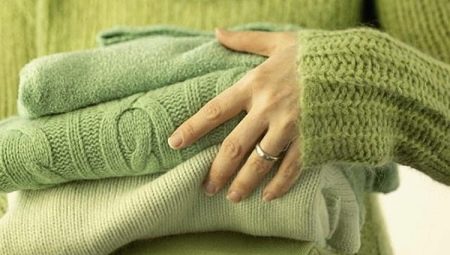
Woolen things not only protect well from the cold, they are also very beautiful and pleasant to the touch. Few people, when buying, think about how to care for them. In fact, it is not that difficult. It is only necessary to take into account some of the recommendations that will keep them clean and original for many years.
Fundamental rules
So that the final cleaning result does not disappoint you, and the thing serves for a long time, certain conditions must be met:
- In the process of washing, throughout all its stages, it is necessary to carefully monitor the observance of the water temperature. Ideally, it should not exceed 40 degrees for sheep's wool. Camel and Angora prefer lower temperatures - from 20 to 30 degrees. Under the influence of high temperatures, the fibers stretch and change shape, which can lead to a change in the appearance of the woolen product for the worse or even damage it.
- Gels should be preferred over powdered products - they rinse out better. They cannot be applied directly to the fabric, it is better to dilute in water until completely dissolved. Alkali and chlorine are unacceptable, since the product processed by them becomes loose, tough, loses volume and changes color.

- Since washing many items can damage their appearance, it should only be used as a last resort. Sometimes it is enough to clean with a non-hard brush or to remove individual dirt with the help of special liquids and a cloth. Unpleasant odors are easily dispersed on the balcony. Do not spray products with perfume or use a powder with a strong fragrance.
- Soak time should be limited.Optimum - 20 minutes, maximum - 3 hours.
- Before washing, remove all stains separately and be sure to turn them inside out. Hinges and other holes can be temporarily protected to prevent them from enlarging. The accessories are removed so that it does not damage the fabric.
- Rinsing, spinning and drying should be gentle to avoid stretching in length or width.
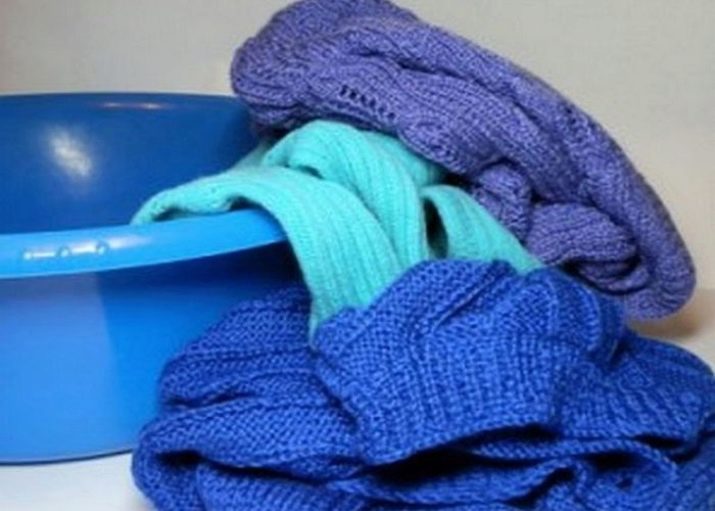
The ways
All the basic information on how to wash a particular item can be found on the tag or label. Most often, instructions are symbols that are important to interpret correctly.
The main washing methods are:
- In the washing machine - the most popular, as it saves time and effort, especially if the family has children. Modern models of such equipment do not harm woolen things and greatly facilitate the work of a housewife.
- Manual - the most suitable for knitted products, however, it requires some effort and time.
- Dry cleaning that applies to certain products. For example, downy shawls, cobweb shawls, cashmere or boiled wool coats, felted shoes, clothing or toys. If the thing is especially dear to you, do not try to clean it yourself, it is better to use the services of professionals.

Machine washing wool includes several steps:
- The powder or liquid must be suitable for the automatic machine. Place it in the appropriate compartment.
- Place the item on the drum. Remember that wool absorbs a lot of water and in this state has a lot of weight, so you need to make sure that it does not exceed the maximum allowable.
- Select the appropriate mode (wool or delicate). The number of revolutions should be kept to a minimum. Soaking and spinning must be switched off for certain products and types of wool.
- After finishing the wash, do not take out the clean items immediately, let them drain and spread out. This method is suitable when you need to wash bulky items (blanket, blanket, mattress topper, jacket).
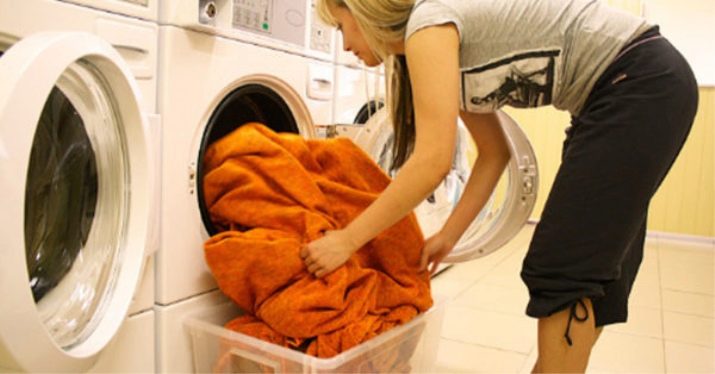
It is possible to wash together with other delicate fabrics, however, it should be borne in mind that lint may remain on them. Use a bag to prevent things from falling off or lumping onto them.
It can be washed manually not only with the help of industrial products, but also with folk methods. An excellent powder substitute can be shavings of laundry soap or soap root... Children's suits, socks, hats, scarves, slings are best washed with children's hypoallergenic soap.
An alternative to household chemicals can be mustard powder, diluted to the consistency of sour cream. It is used for soaking, after which it is gently rinsed and allowed to drain on the wire rack. Other auxiliary natural products can be a decoction of potatoes or beans, ash, crushed chalk, wine vinegar. For softness, add glycerin or hair conditioner to the rinse water.
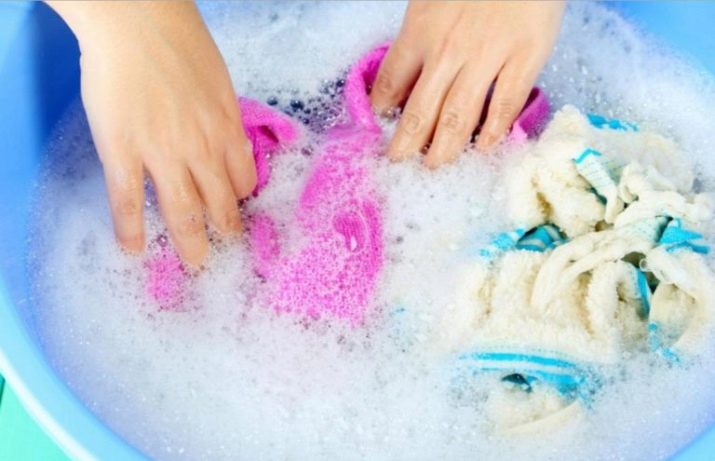
During hand washing, the product is smoothly moved along the container. There is no need to squeeze, squeeze and twist it.
White and colored products
Before washing, things must be sorted into dark, colored and light. Each group must be washed separately. The biggest problems can be with new colored things. To check how prone to shedding they are, it is better to wash the item by hand the first time.
If the clothing is in close contact with the skin when worn and at the same time strongly stains the water, it is worth considering how safe it is... Low-quality dyes with a rich pigment can cause a strong allergic reaction. This is especially true of thermal underwear and children's clothing.

Use cold salted water (tablespoon per liter) or vinegar to set the color. There are special products for colored, white or black things that help to preserve the brightness of the color.
If the thing still fades or there are stains on light-colored things, the situation can still be corrected.Whites can be bleached with any suitable bleach or hydrogen peroxide.... A vinegar solution will help colored faded things.... It is important to take these steps before the laundry is dry.

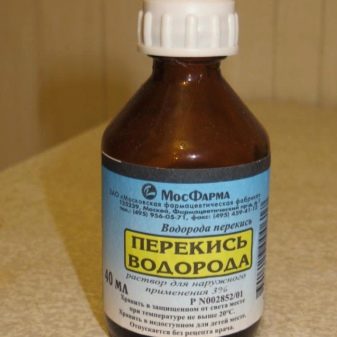
It is more practical to choose plain clothes. Combined colors can be fortified with weak green tea (applied to colored parts) and salt (for white parts).
How to remove stains?
You can get rid of stains by using a professional dry cleaning service or by choosing a stain remover. The improved products are gentle and delicate. If you don't have enough money and time, you can use homemade remedies at home. The main thing is to make sure that it is really safe, using a tissue sample or less visible part.

Greasy stains and traces of chocolate can be removed in the following ways:
- Sprinkle talcum powder, salt or tooth powder on the stain. After three hours, the leftovers can be shaken off and washed as usual.
- Using a gruel of potato starch and fat-free gasoline, which must be applied for half an hour, remove the stain and wipe with soapy water.
- Soak in saline solution for half an hour, then wash as usual.
- Rub with a mixture of vinegar (a tablespoon in a glass of water) and rinse thoroughly in cold water.
Remove yellow traces of sweat with ammonia or medical alcohol, a strong aqueous solution of salt. Traces of cosmetics or paint can be removed well with sunflower oil.
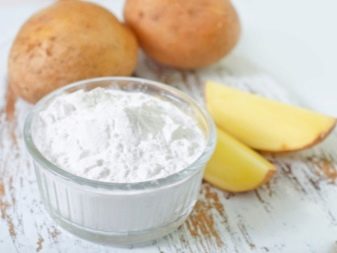
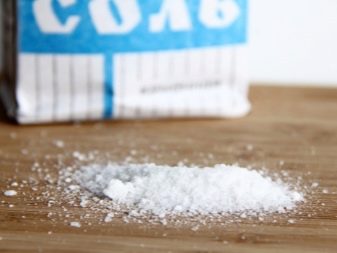
Any solution and substance is applied with a clean cotton swab or cloth, they should be changed as they become dirty. The items are laid out in one layer on a flat surface covered with a cloth.
How to dry?
After removing dirt and odors, the next important step is drying. Be prepared for this to be a very lengthy process, as the wool absorbs a lot of moisture. It is not necessary to squeeze the product, especially by exerting effort. It is enough to let the water drain, leaving the product folded, or wrap it in a towel and press without twisting it.
So that the thing does not deform, do not dry it upright on a hanger or string. Clothespins are also not suitable, as they may leave traces in the form of dents. Drying should only take place in a horizontal position. A wet product should be carefully laid out on the fabric without stretching (it is better if it is cotton - then drying will not take much time).
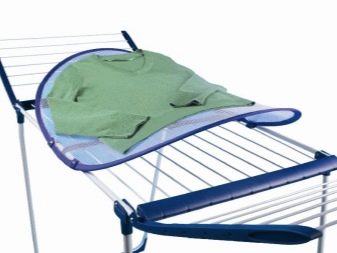

If other fibers are present in the composition, if necessary, you can speed up the process using a special drying cabinet, adjusting its mode, or a hair dryer - naturally, you cannot bring it close and use the increased air temperature. Heaters and other heating devices are prohibited because they affect the structure and density of the fibers.
After improper drying, things can lose their texture and ability to protect from the cold, become hard and unpleasant to wear. And high temperatures can contribute to shrinkage. Of course, many consequences can be corrected, but it is better not to allow them.
If the fabric has sat down
Sometimes, despite observing all precautions, the product can significantly decrease in size. In this case, you can carry out a number of resuscitation measures:
- spray the product from a spray bottle;
- soak in clean water or hydrogen peroxide solution (10 ml per 10 liters of water);
- wash with conditioner (or shampoo) and dry.
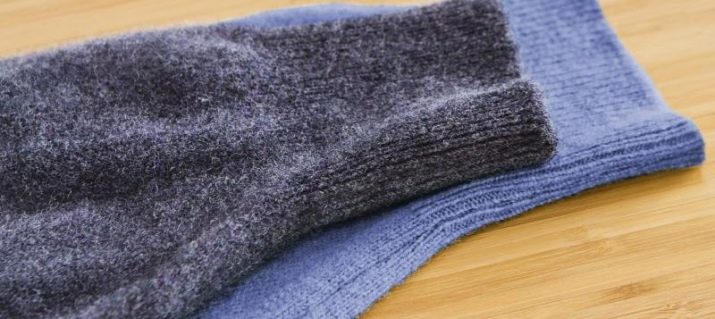
Depending on how exactly the shrinkage occurred, you can do the following:
- If it is necessary to stretch a jacket or sweater in different directions, after soaking or washing, it must be placed on a flat surface and, at regular intervals (for example, every 20-30 minutes), given the required shape.
- In the event that it is not about the width, but the length of the product (for example, trousers or dress), you can hang it in an upright position and even hang a small load.The most extreme option is to put it on yourself and periodically pull the sleeves, pant legs or hem down.
- For hats, berets, socks and mittens, you can use objects that are suitable in shape - a saucepan, a jar, or simply fill the interior space with paper or other scrap materials.
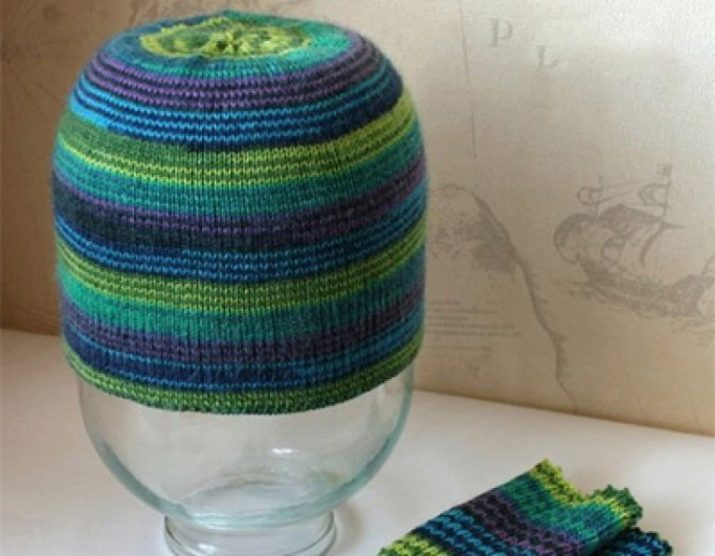
If stretched
The main advantage of pure wool models over mixed ones is that their very structure contributes to both stretching and compression, which is why knitted things fit well, fit the figure and emphasize all its advantages. If it contains synthetics, recovery can be nearly impossible. Things can get big in three ways:
- As a result of frequent or even daily wear. Low-quality products lose their original appearance faster. Moreover, if a person has a habit of pulling on cuffs.
- When setting the wrong temperature during washing or drying.
- As a result of inaccurate spinning.
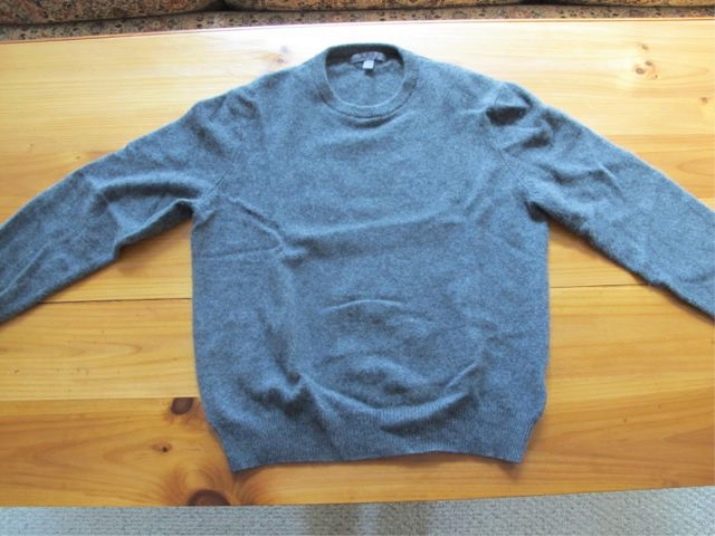
The following actions can be a solution to such a problem:
- Washing with special products that increase the elasticity of the fabric in hot water.
- Ironing the not yet dry product with an iron (naturally, through an additional layer of fabric).
- Using folk methods - you need to take for soaking aqueous solutions of ammonia, hydrogen peroxide, soda (2 liters 20 grams).

Useful Tips
Despite the fact that sheep wool is a natural material, it can become a strong allergen. Therefore, people with animal allergies should be careful.
It is necessary to store this kind of outerwear on hangers in covers. If the items are placed on the shelves, the heavier items are placed at the bottom and the lighter items at the top. To avoid creases and severe bruises, do not fold it several times. Although wool has the ability to reshape fibers through elasticity, this should not be overused. They can be ironed, but very gently, without strong heating.
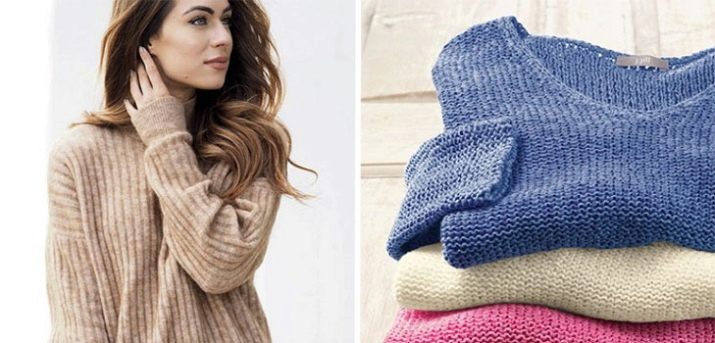
Use a special clipper or brush to remove the pellets. Do not use a razor blade or scissors - it is unsafe and could damage your clothing.
In addition to all of the above, it is necessary to provide reliable protection against moths. To do this, you can purchase special plates, spray, or use more traditional methods - store next to aromatic herbs.
For information on how to wash woolen clothes, see the next video.








